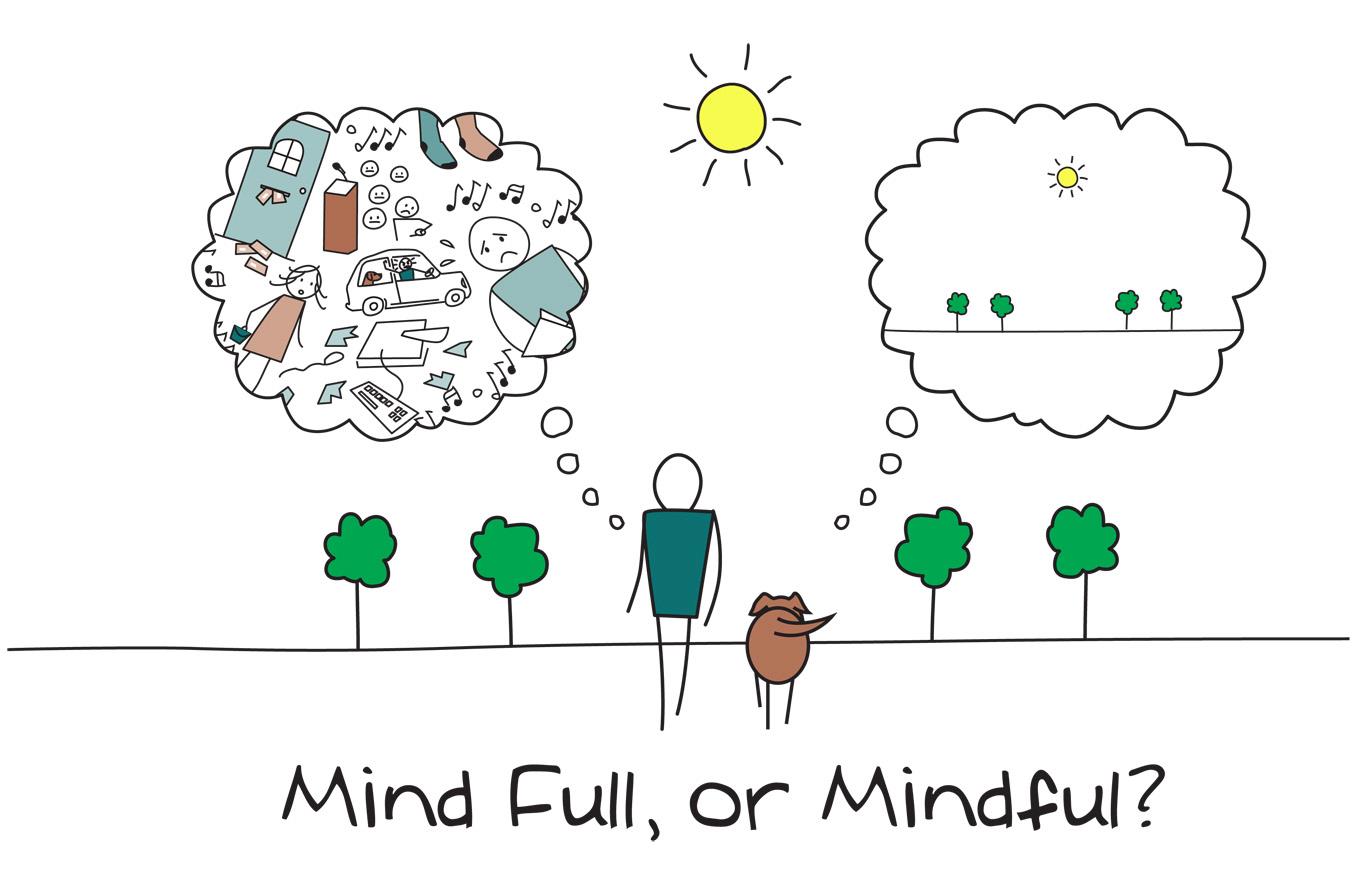Last summer my father had a basal cell carcinoma removed. It was about a dime sized patch of skin just to the left of his nose. Although this form of cancer is rarely deadly it was still a sobering experience for my family especially considering we are all fair skinned and highly susceptible to skin cancer. Living in southern California does not help either. The surgery was successful and after one year and several cortisone shots one can barely tell my dad had a chunk of flesh taken out of his face.
My dad did however have one problem with his treatment process. It wasn’t the hospital facilities or the painful tending to his wound every night after the surgery. Instead his biggest issue with the whole experience was that his doctor rarely talked during checkups. During the whole process I remember him constantly bringing up how the doctor would come in the room, examine him and then most often leave without uttering a single word. When my dad tried to ask him how everything is going he would nod and mutter inaudibly under his breath. The only words the doctor ever said to my dad involved what he was going to do and that my dad had to make another appointment with his secretary. The nurse was responsible for informing him why they were doing surgery and providing background information on this form of cancer. My dad was really turned off by his doctor’s lack of enthusiasm and transparency. I was shocked that a doctor, whose job it is to form a bond with his or her patient and instill trust, would not share information face to face and instead use nurses convey reasoning for the treatment.
To me this kind of doctor seems to be of the old school type, those who believe you do what I say and everything will be okay. While many younger doctors focus on good bedside manner there remain many that practice old-fashioned principles. Granted my dad’s doctor is in his late seventies so he is most likely the byproduct of this archaic brand of practicing medicine. Nonetheless, this example draws attention to the necessity of doctor-patient communication. It is important not only that communication take place regularly but that the patient feels he or she is on a level playing field and can speak freely. The best way to ensure patient involvement is for the doctor to speak more often, using language that the patient can understand while having a pleasant and familiar tone. In this class we have learned a lot about how technology can enhance communication but it is vital we do not forget that quality care involves personal conversation that creates an atmosphere conducive to establishing trust.








